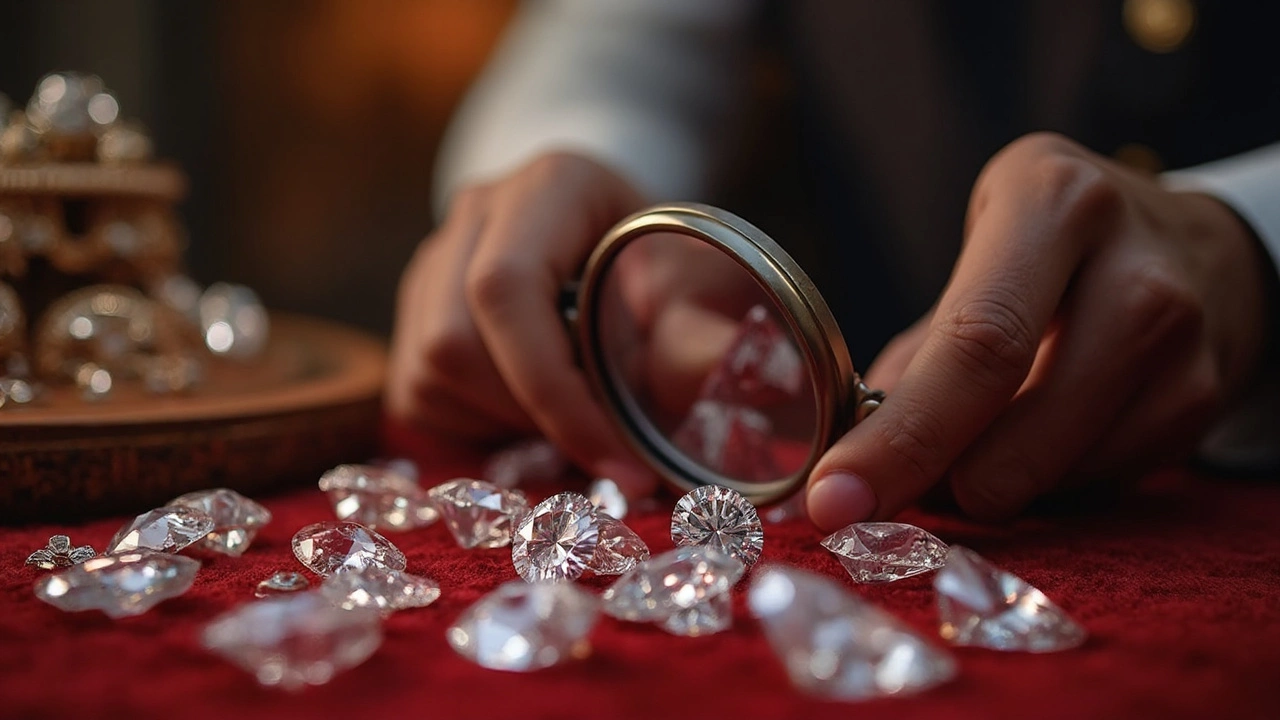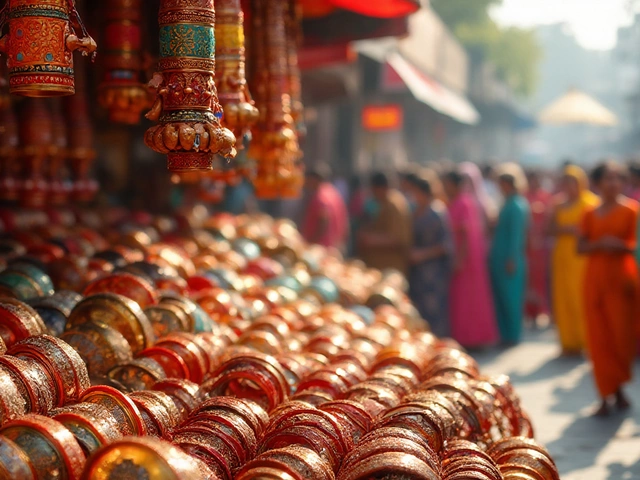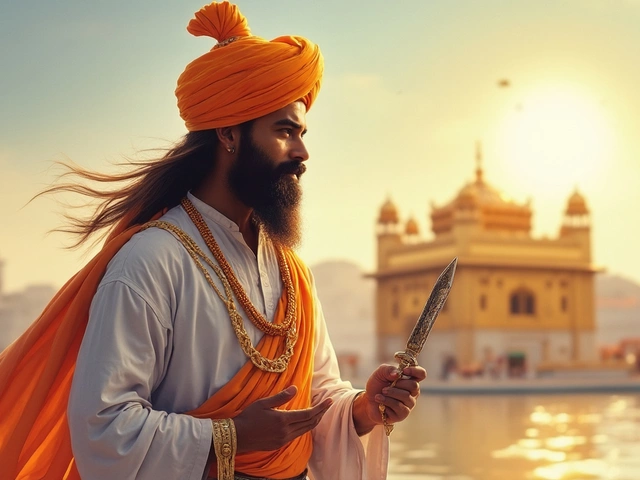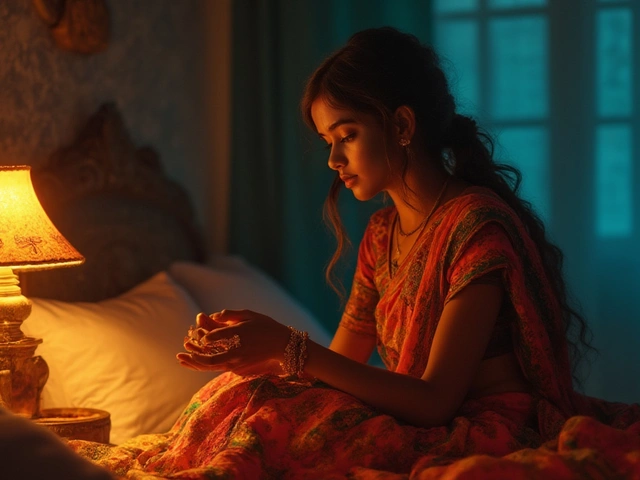You might be surprised, but not all diamonds keep their value once you walk out of the store. In India, families sometimes treat diamond rings as a kind of backup plan—something you might sell if things get tough. But if you pick the wrong stone, you’re looking at a huge loss. The sad truth? Most people have no clue what actually makes a diamond hold its value.
The average buyer gets distracted by size or shine, ignoring details that really count for resale. Want your diamond ring to be worth almost as much in 10 years as it is today? You need to think beyond looks. The type of cut, the quality of the stone, whether it comes with rock-solid certification—these details are what separate a smart buy from a bad bet. Ready to bust some myths and save a lot of money down the road? Let’s get into what truly matters.
- What Makes a Diamond Hold Its Value?
- Round vs. Fancy Shapes: Does Cut Matter?
- Certification and Resale: What You Need to Know
- Smart Buying Tips for Indian Shoppers
What Makes a Diamond Hold Its Value?
The idea that “a diamond is forever” works for advertising but doesn’t tell you much about actual resale value. Most diamonds drop in price the second you buy them, just like a new car. The trick is knowing which ones keep their worth and why. Here’s what really matters.
First, quality beats everything. The 4Cs—carat, cut, clarity, and color—aren’t just marketing terms. They’re what buyers and jewelers check when putting a price on any diamond. If you’re serious about value, focus mostly on cut and color. Round brilliant cuts hold their value better than most fancy shapes. In India, many jewelers admit that round diamonds are easier to resell, and they usually fetch a higher price per carat.
But it’s not just about the 4Cs. Diamonds with diamond value that lasts almost always come with certification from GIA (Gemological Institute of America) or IGI (International Gemological Institute). These certificates are your proof that you got what you paid for. Without one, a jeweler can knock off up to 20-30% from your resale price—even if the stone looks perfect to you.
Want some eye-opening numbers? Check this:
| Factor | Effect on Resale Price (Estimate) |
|---|---|
| Non-certified diamond | 20-30% LESS value |
| Round cut vs. fancy shape | 10-18% HIGHER for round |
| Low color (J and lower) | 10% LESS demand |
| Visible inclusions | May make stone unsellable |
Another thing: some shops in India include buyback policies. But look at the fine print—sometimes they’ll only offer 70-80% of your original price and only for stones that meet strict criteria. Shape and paperwork matter a lot here.
If you want your diamond to be seen as an investment, skip trends like odd-shaped gems or stones with visible spots. Stick to the winners: round shape, very good or excellent cut, near-colorless (preferably G or better), and certification from a big lab. That’s the sweet spot if keeping your diamond’s value is your goal.
Round vs. Fancy Shapes: Does Cut Matter?
If you want your diamond to actually hold its value, shape and cut play a massive role. It might sound odd, but the classic round cut is in a league of its own. It’s the most popular shape in the world and for very practical reasons—it shines the most and is the easiest to resell. According to Rapaport, about 75% of all diamonds sold are round. So, if you're thinking about how your diamond ring will perform in the resale market, round is usually the safest bet.
Other shapes like princess, oval, pear, and cushion are called “fancy shapes.” They look different and sometimes feel more unique, but here’s the catch: they don’t keep their value as well. Demand for fancy cuts is lower, and that means you’ll often get less money back if you try to sell one. For example, a 1-carat round diamond might get you a better resale offer compared to a 1-carat pear or marquise, even if all other factors are the same.
Now, let’s talk cut quality. Even within the round or fancy category, two diamonds with the same carat and color can look worlds apart if one has a better cut. A well-cut diamond gives you more brilliance (that sparkle everyone wants) and usually fetches a higher price, both retail and resale. Cut is way more than just the shape—it's about how well the diamond reflects light, and jewelers in India regularly see smart buyers asking for GIA or IGI-certified cut grades for this reason.
Here’s a quick comparison of which shapes tend to keep their value best (for similar quality and carat):
| Shape | Typical Resale Value (%) |
|---|---|
| Round | 85-95% |
| Princess | 75-85% |
| Oval | 70-80% |
| Pear | 65-78% |
| Marquise | 60-75% |
If you’re shopping in India or anywhere else, choosing a diamond value that holds steady is all about understanding what the market actually wants. The round brilliant isn’t just tradition—it’s good economics. And remember: cut quality can make or break the deal, no matter which shape you pick. Always check the certificate’s cut grade before saying yes to a diamond ring.

Certification and Resale: What You Need to Know
If you’re thinking about buying a diamond, don’t even think about skipping certification. Without proper paperwork, your stone is basically just a shiny rock to a buyer—there’s no way for them to trust what you’re selling. In India, the most trusted labs are GIA (Gemological Institute of America) and IGI (International Gemological Institute). Their certificates tell you, in black and white, the exact quality of the diamond.
Why does this matter for value? When you try to resell, shops and buyers check those papers first. No GIA or IGI certificate? Expect to get a low-ball offer, even if your diamond looks gorgeous. Certificates list key details: carat, cut, color, clarity, and even any treatments the diamond has gone through. These aren’t small things—they make a big difference in price. Always ask for the lab report, and double-check the report number on the lab’s website so you know it’s not fake.
Here’s where it gets more practical. Even certified diamonds lose value at resale—but a certified one loses a lot less. On average in India, you can get back 70% of the invoiced value for a well-certified, high-quality diamond, compared to 40-50% for a non-certified or poorly-documented stone.
- If you’re buying for investment or security, insist on a GIA or IGI certificate.
- Keep the original invoice and lab report safe. Both are needed for hassle-free resale.
- Understand that extra things like laser inscriptions on the stone can help confirm it’s the same diamond when you resell.
The bottom line? A diamond value is only real if you can prove what you own. No certificate, no fair resale price. It’s that simple.
Smart Buying Tips for Indian Shoppers
If you’re shopping for a diamond ring in India and hoping to not lose money later, you’ve got to be ruthless with your choices. There’s no room for guessing games when it comes to picking the right diamond. A few smart moves can easily mean saving (or making) lakhs down the line. Here’s what you should absolutely keep in mind.
- diamond value isn’t just about carats. Focus first on quality—think flawless or nearly flawless stones (clarity grades IF, VVS1, or VVS2), and color grades no lower than G or H. These grades are easier to resell and fetch better prices.
- Certification is a must. In India, GIA and IGI certificates carry the most weight. A stone without one of these? Just walk away, even if it looks tempting.
- Shape matters for resale. Round brilliant diamonds are the safest bet—these are the easiest to sell and get appraised at better rates. Fancy shapes like pears or ovals look cool but don’t hold value nearly as well here.
- Bigger is not always better. Two smaller diamonds nearly always lose more value than a single, slightly bigger stone of the same total weight. Go for one good-quality, decently sized diamond instead of clusters or multi-stone designs.
- Don’t get tricked by discounts. If the price seems too good to be true, it probably comes at the cost of quality or certification. Always double-check certificates and cross-check prices with trusted online sources before you buy.
Check out this real data showing how resale value can vary:
| Diamond Type | Original Value (1 ct, G VS1, GIA) | Avg. Resale After 5 Years |
|---|---|---|
| Round Brilliant | ₹3,00,000 | ₹2,25,000 |
| Oval | ₹2,75,000 | ₹1,60,000 |
| Princess | ₹2,60,000 | ₹1,40,000 |
If you want the best chance of resale, stick with round cut, high-clarity, certified diamonds from established sellers. Don’t settle for chain store “certificates” that aren’t GIA/IGI, and avoid exotic cuts unless you’re okay with a steeper drop in value.
One more thing—if you go for lab-grown diamonds thinking you’re getting a deal, just remember: resale is close to zero. They’re great for saving upfront, but don’t count on getting your money back. When in doubt, check what local jewelers are currently offering for secondhand diamonds. Real market feedback is your best guide.



